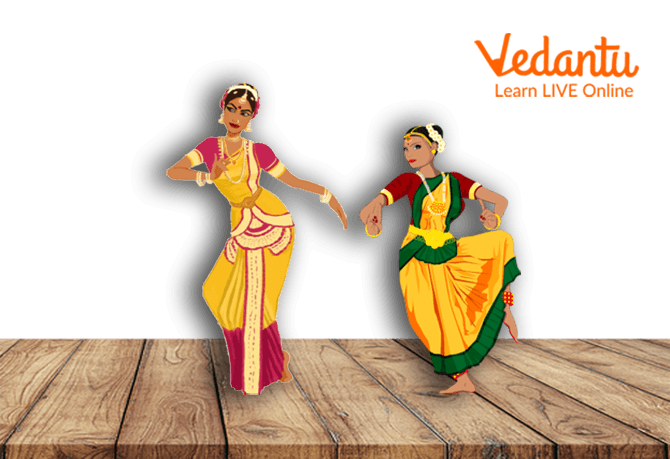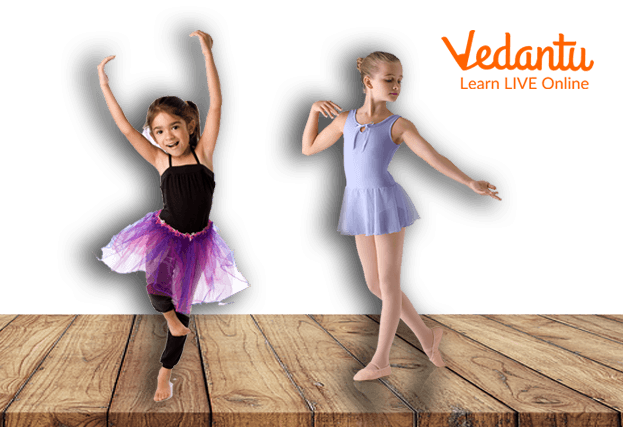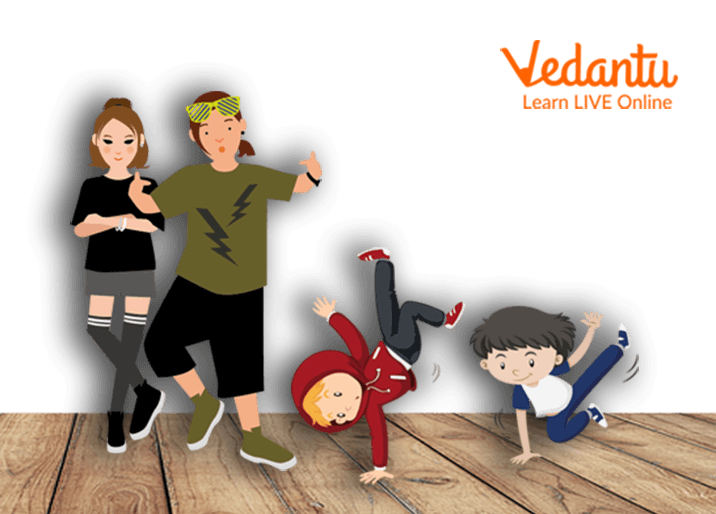Dance Story - An Interesting Way of Storytelling

What is Storytelling in Dance?
Every dance is more than a collection of moves with complicated titles. It's just a little portion of a larger story, one portrayed through a combination of dance and music or, on occasion, just with the dance steps alone. We must realise that the essence of dance is to tell a narrative, and we must share this with our students.
In dance, storytelling entails a dancer's exploration of how our bodies may transmit meaning, intent, and interpretation in order to execute a tale or a journey. For the audience, it's about delving deeper into the body in order to examine a tale through visual methods, relying on our own perceptions as watchers.
There Are Multiple Kinds of Dance Storytelling
Many claim that all dances tell a story, and that there are limitless types if all dance forms are included. There are, however, several techniques that make storytelling more apparent in specific genres of dance.
Many forms of traditional Indian folk dancing have their origins in storytelling, particularly religious stories, which were once solely performed in temples. The Kathak style (which can be seen in a lot of choreographer Akram Khan's work) started with real storytellers who liked to combine song and drama with their dance, which was characterised by rapid footwork and ankle bells.

Storytelling through Indian classical dance form Kathak
Ballet is noted for its 'Ballet Mime' movement language, which uses literal gestures to assist viewers to understand a plot. For example, "to look" or "to see" is indicated by exaggerated eye points. A great introduction to it can be found here, courtesy of The Royal Ballet, and may be shown (and performed!) in class.

Ballet dance form
Create a Character for the Dance
A character is always the first point. The character is the person whose tale you are telling, even if it is based on a true story. Most stories contain a significant amount of fiction, which can be a fun place to start.
After you've figured out who your character is, start thinking about their moves and how they'll affect the dance. For example, if a character is aggressive and bold, their actions may be a little exaggerated. Someone who is up to something nefarious, on the other hand, would proceed more slowly and cautiously.

Storytelling in dance
Emotions Move the Tie
It's all about playing with emotions and eliciting them in your audience while you're telling a narrative. Body language and facial expressions have a role in this. Happiness is expressed through a grin, whereas despair is expressed through a frown.
Not only that, but you will also feel these emotions if you create them. This adds to the realism of the dance for those watching it. If you're afraid in a segment, the terror you've produced will help your dancing motions appear more frightening.
The combination of emotions and movements aids in the creation of that story. If someone is upset, a serious or angry expression combined with sharp and powerful dance steps will convey this. Alternatively, a happy individual who has just received good news may walk with a spring in their step and a smile on their face.
Tell the Story
It's time to put it all together once you have your characters and a good understanding of the story's emotions. The dance should have a beginning, middle, and end, which people can follow while watching.
Sections of the dance can function as chapters in a novel, dividing it down into smaller chunks and emphasizing the most significant events. A loving couple's breakup might be one chapter, followed by a lonely walk in the park filled with sadness.
Work on Your Storytelling Skills
Telling yourself stories in life is the best method to become skilled at telling stories in your dance. In other areas of your life, use your imagination to form the stories behind what you observe. How would you repeat the story in your preferred dancing style?
Humans are pre-programmed to react to stories. That is why as children, we listen to them. Why do we pause when someone tells us a story and why do we listen to things like the news when we are told stories about current events? Learning to convey stories with your dance will greatly enhance your abilities as a choreographer and dancer.
Conclusion
Programming, one of the most common activities in dance, is used to communicate stories. Since dance is intended to be performed like a stage drama, it must have a script that follows the plot; this script is then "dance-acted" during a rehearsal phase to perfect the skill of each movement.


FAQs on Dance Story - An Interesting Way of Storytelling
1. How can dance be used to tell a story?
It's all about playing with emotions and eliciting them in your audience while you're telling a narrative. The combination of emotions and movements aids in the creation of that story. If someone is upset, a serious or angry expression combined with sharp and powerful dance steps will convey this.
2. How can dance be utilised to express oneself and communicate?
Dance can be utilised as a means of expressing oneself. It can aid in the telling of a tale, the expression of sentiments and emotions, and the connection with others and oneself. Body movement has the ability to be both expressive and communicative. It can be utilised as a form of self-expression, in which no words are required – the body speaks for itself!




